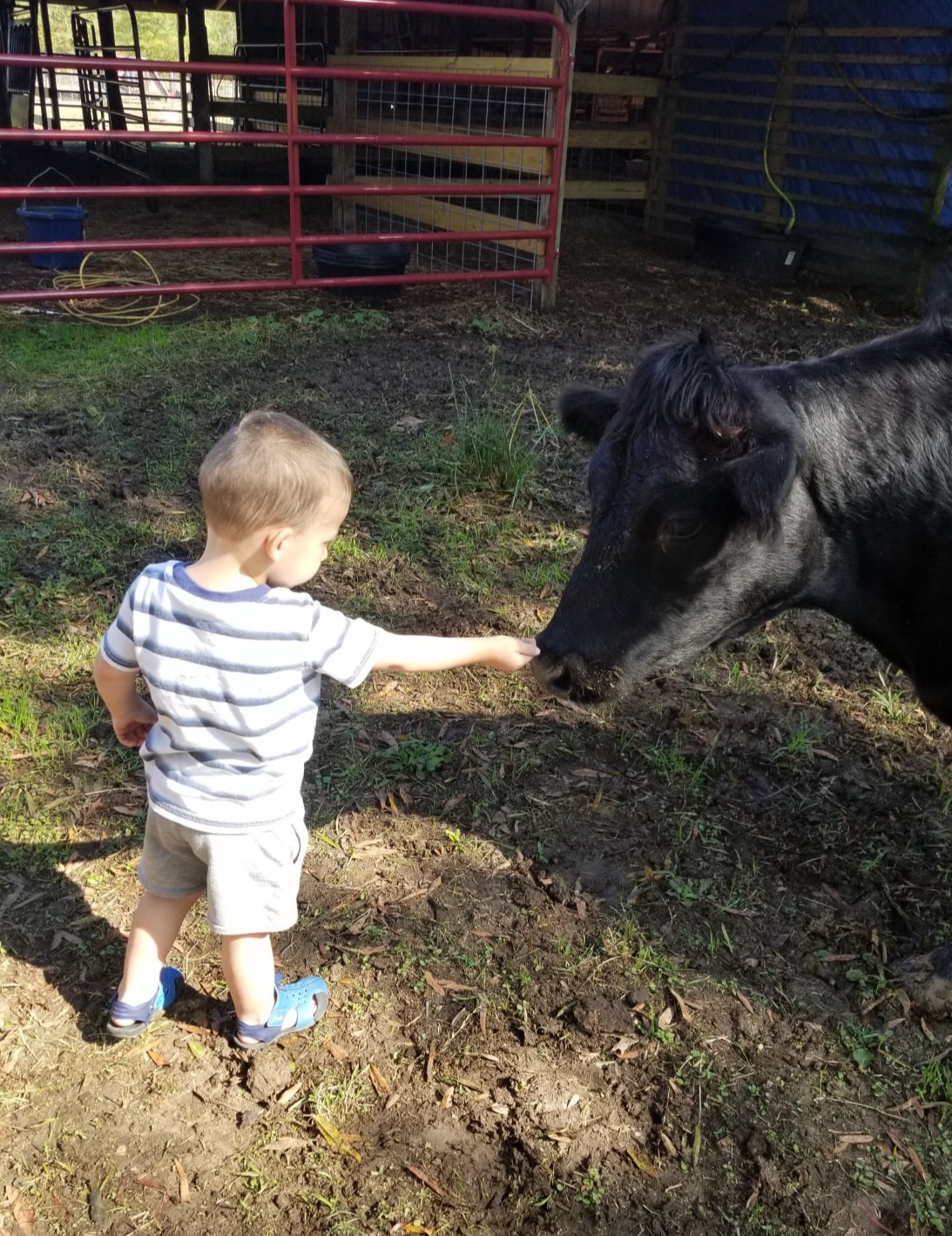
When people retire they often downsize – smaller house, smaller property to take care of, less work. We went the other direction and upsized from the seven acre property we had to an 87 acre ranch back in 2020. We knew we wanted cattle and were looking at either Angus or possibly Texas Longhorns. We ruled the Longhorn out right away. Then Marilyn ran across the Dexter breed and almost immediately we knew they were the right breed for us. It turns out it was a great decision and we love our Dexters.
I grew up around livestock and farming and had messed with various livestock over the years but was certainly no expert and probably never will be. But the experience I had has served us well and we both are big believers in doing research and asking questions. (I also have the advantage of being able to call my daughter for vet advice. She's not a vet but she has ran a black Angus operation in north central Arkansas for years and she "knows stuff".)
We found it can be challenging to start a herd of Dexters. With Angus or some of the more prolific breeds you can often buy a whole herd from one breeder. With Dexters it seems it is often only one or two available from a breeder at any given time. We found our first cow, Daisy, and a dun bull, Cocoa at about the same time from two different sources. We were running an ad in the ADCA sales list stating we were looking to buy several cows or heifers. Luck was on our side and we were contacted by someone who was reducing their herd and had seven cows for sale along with 2 nursing steer calves. Six of the cows had been exposed to a bull. A couple of months later we bought Euchee Creek Red Dax, a wonderful red bull, and two very nice red heifers from David at Bar None. Now we were at 14. It turns out Daisy was also bred and six of the seven cows had calves. The seventh cow was exposed to Cocoa shortly after we got her so we ended up with eight new calves in less than a year of starting out. Now we were at 22. We’re starting to figure out how this cow math thing works.
Before we bought our first cow, we did months of planning and preparation. The ranch already had very good fencing and cross fencing but needed a few repairs and changes to accommodate our herd. We modified the working pen and added a sweep tub and a Priefert squeeze chute. We tore out the goat pens (or whatever they were) in the barn and rebuilt to give us multiple pens under roof. Then I got to thinking about working a sick cow in the working pen and chute in the rain so we put a less expensive Tractor Supply squeeze chute in the barn. That was a really good decision. It’s not a great chute but it’s great to have something under roof when you need it.
We added a 25 x 60 lean-to onto the shop building to give us a place to store hay and equipment.
We bought water troughs and automatic waterers, alfalfa pellets, feed tubs for feeding the pellets, mineral tubs, and a whole gaggle of other supplies. We don’t regret any of it. It made it so much easier when the cows arrived to have everything already in place. Yes, we still had to buy some more supplies like hay and hay rings, various meds and paraphernalia, and there always seems to be something else we need. But the core components were all in place from day one. My advice, if you’re thinking about getting cattle or any kind of livestock, is to plan ahead, do the research, ask a lot of questions, and get your place ready for them before you buy the first critter. You’ll be really glad you did.